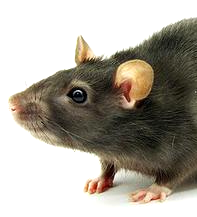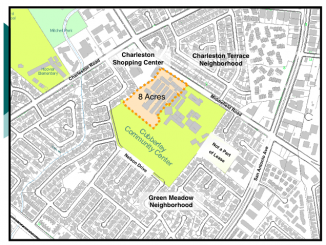
By Matthew Niksa
Daily Post Correspondent
A rapidly-increasing rodent population has created constant demand for exterminators, to the point where some rodent specialists aren’t accepting any new customers, according to two Peninsula pest control companies.
Jim Britton, owner of Three Step Rodent Proofing in San Jose and Redwood City, said rat removal requests started to increase last November and haven’t slowed down since then. He said the wet winter not only led more rats to seek shelter in attics and crawl spaces, but also created more vegetation for them to nest on in the spring and summer.
Britton said his company is busy year-round, and is especially active in Palo Alto, Menlo Park and Los Altos.
“Roof rats, which we deal with the most, prefer to live in vegetation, and Palo Alto used to be covered in fruit orchards,” Britton said. “The greater the amount of vegetation, the larger the rodent population.” Britton said his company uses snap traps with peanut butter as bait to get rid of rats. He said he places traps along walls because rodents like to travel along the perimeter of homes.
Britton said he doesn’t use poison to kill rats because rodents can sometimes die in walls after they’ve been poisoned.
“If a rodent dies in your wall, you either have to deal with the smell of its dead body for three weeks, or hire a contractor to open up your walls and remove it, which can cost a lot of money,” Britton said.
John Crist, owner of Heritage Pest Control in Mountain View, said rat removal requests have skyrocketed ever since California prohibited the sale of certain types of rat poisons almost three years ago.
On Sept. 19, 2014, Gov. Jerry Brown signed AB2657, which banned certain ingredients in rat poisons that made them highly toxic toward rodents but also posed a health risk to wildlife, children and pets.
From poison to traps
Crist said although the bill helped protect the environment and the welfare of pets, it also barred exterminators from using an effective tool to eradicate rats.
“We’re (people) kind of to blame for the fact that our rat population is out of control,” Crist said. “By not being able to use harsher poisons, we (exterminators) were forced to use traps, which don’t put a dent in the rat population at all.”
Crist said the state’s advice to residents on how to save water during the drought also attracted large numbers of rats to people’s homes.
“During the drought, people were told to water their plants at night, but because rats are nocturnal, they were also inviting rats onto their property,” Crist said.
‘Rat epidemic’
Crist, who works in Santa Clara and San Mateo counties, said he visits two to four different homes every day to solve rat-related issues. He said he used to spend only one day per week on rat-related requests, but now receives up to 10 rat removal requests per day.
“California has a rat epidemic,” Crist said. “The rat population is spreading quickly, and it’s still growing.”
Crist said homeowners can prevent rats from entering their homes by sealing any cracks or crawl spaces, and removing certain plants from their gardens.
“Rats like to eat snails on ivy and agapanthus plants, so by removing these plants, you’re making it harder for them to find food,” Crist said.
Crist said unless the state loosens its restrictions on using stronger rat poisons, he doesn’t think its rat problem is going away any time soon.
“The pest control companies can’t keep up with the demand to remove rats from homes,” Crist said. “I’ve already had three pest control experts tell me that they can’t take any more work.”



